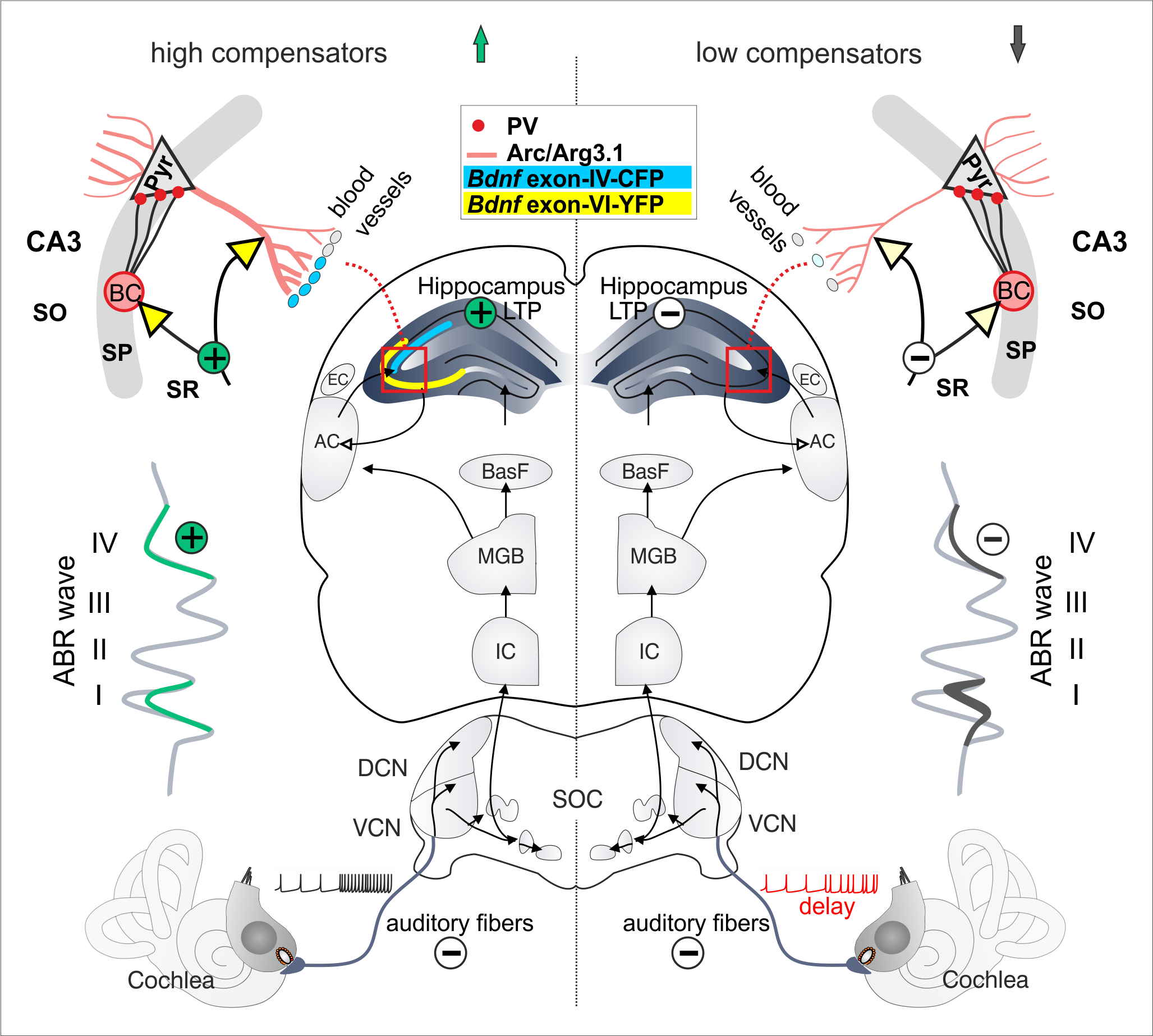

Later childhood, from six to twelve years, is the time of maturation of the superficial cortical layers and their intracortical connections, accompanied by appearance of the N(1) potential and improved linguistic discriminative abilities. The vibration from your eardrum sets your ear bones (malleus, incus, stapes) into motion. In early childhood, from the sixth post-natal month to age five, there is progressive maturation of the thalamic projections to the cortex and of the longer latency Pa and P(1) evoked potentials. This complex, precise job starts and end with the following steps: The pinna of your ear collects sound waves and funnels them through your ear canal to your eardrum. The perinatal period is also the time of peak development of brainstem input to the cortex through the marginal layer, and of the long latency cortical potentials, the N(2) and mismatch negativity. During the perinatal period, the brainstem reaches a mature state, and brainstem activity is reflected in behavioral responses to sound, including phonetic discrimination, and in evoked brainstem and early middle latency responses. Olfactory nerves enter the olfactory bulb.

Olfactory nerves pass through the olfactory foramina of the cribriform plate. Olfactory nerves are formed from olfactory neurons. The second trimester is a time of rapid growth and development, and by the end of this period, the cochlea has acquired a very adult-like configuration. Place the steps of the pathway for olfaction in the appropriate order. Through olivocochlear fibers, it also transmits motor and modulatory information from the superior. the inner ear, the brainstem pathway, and the cortex. The DCN is an auditory brainstem nucleus involved at the earliest stages of sensory processing and is believed to play a key role in orientation toward sounds of interest and/or suppression of responses to expected body-generated sounds (Shore & Zhou, 2006 Sutherland, Glendenning & Masterton, 1998 Young & Davis, 2001). The vestibulocochlear nerve or auditory vestibular nerve, also known as the eighth cranial nerve, cranial nerve VIII, or simply CN VIII, is a cranial nerve that transmits sound and equilibrium (balance) information from the inner ear to the brain.

During the embryonic period, there is formation of basic structure at all levels of the system, i.e. 1A, B) begins at the cochlea, where inner ear hair cells transduce sound waves into electrochemical signals that drive neurotransmitter release onto spiral ganglion neurons (SGNs), the primary sensory neurons that form the cochlear nerve. This review traces the structural maturation of the human auditory system, and compares the timeline of anatomical development with cotemporaneous physiological and behavioral events.


 0 kommentar(er)
0 kommentar(er)
